
“Veyalschitsy” seemed to have come down from the paintings of Millet, but in the picture of Courbet, instead of the pathetic, stern asceticism inherent in the works of the barbizon, depicting peasant women at work, we find characters charming in their simplicity, sparkling color, rich lighting and finally filled with erotic atmosphere.
Cezanne, a great admirer of Courbet, was delighted with this painting and in one of the letters noted: “The yellow light flooding all around, a large reddish veil spread out on the floor, clouds of dust rising over the grain, a curl falling on the neck of one of the women, as on the most sensual canvases of Veronese, and hands – these hands are the color of melted milk, the peasant’s outstretched hands are as smooth as coastal stones… But this was posed by his sister… It can be placed on one of the paintings of Velazquez: it will miraculously fit there, I swear! .. What all is full here Goes and grainy! How all this life! It’s really impressive! “. Further, speaking of the same picture, Cezanne emphasizes that the palette of Courbet “smells of grain.” This, without a doubt, is the highest praise from the artist, who believed that,
The picture “Veyalschitsy” occupies an exceptional place in the work of Courbet, however, as in the history of painting of the XIX century in general. The artist refuses to use the perspective, so the scene is deprived of depth. All the figures seem flat and are depicted on one plane. Here you can trace the influence of the art of the East, and in particular Japanese engravings. In this sense, the film “Veyalschitsy” becomes a peculiar stylistic predecessor of the works of Eduard Manet or Paul Gauguin.
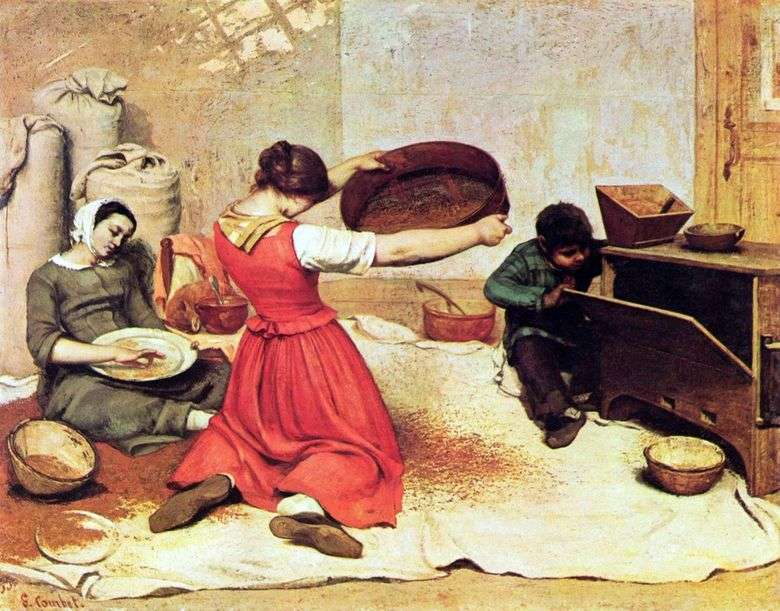 Veualschitsy – Gustave Courbet
Veualschitsy – Gustave Courbet Nu by Gustave Courbet
Nu by Gustave Courbet Woman with a parrot by Gustave Courbet
Woman with a parrot by Gustave Courbet Scenes of hunting by Jean Desire Gustave Courbet
Scenes of hunting by Jean Desire Gustave Courbet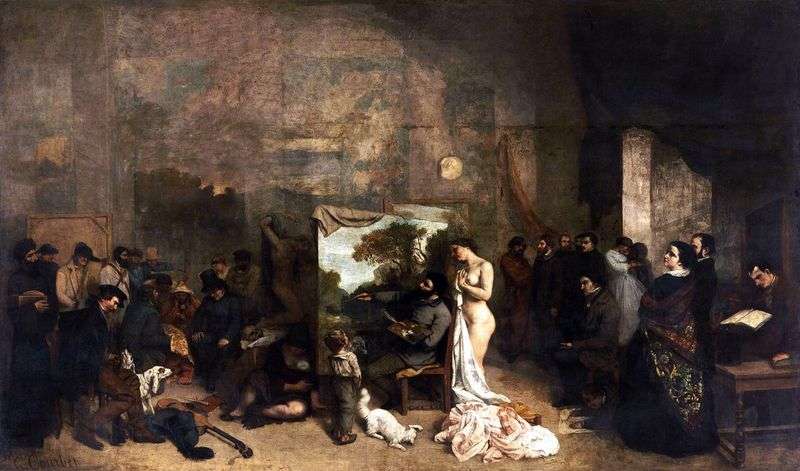 Artist’s Workshop by Gustave Courbet
Artist’s Workshop by Gustave Courbet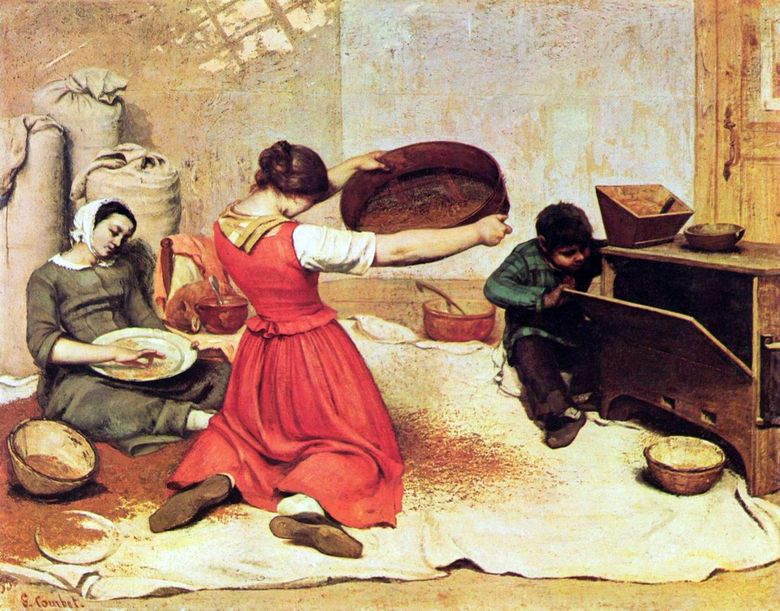 Tisserands – Gustave Courbet
Tisserands – Gustave Courbet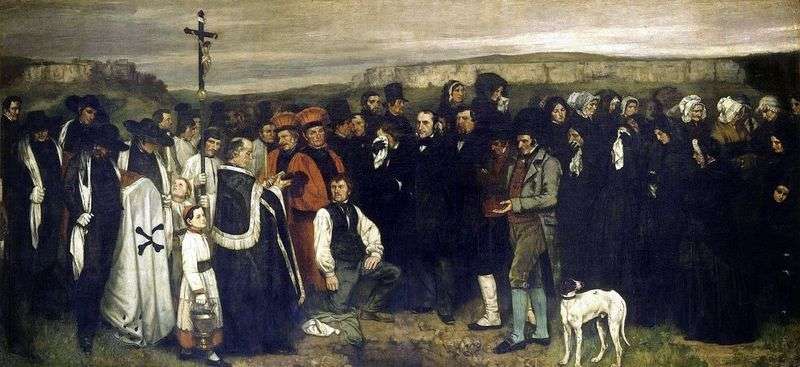 Funeral in Ornan by Gustave Courbet
Funeral in Ornan by Gustave Courbet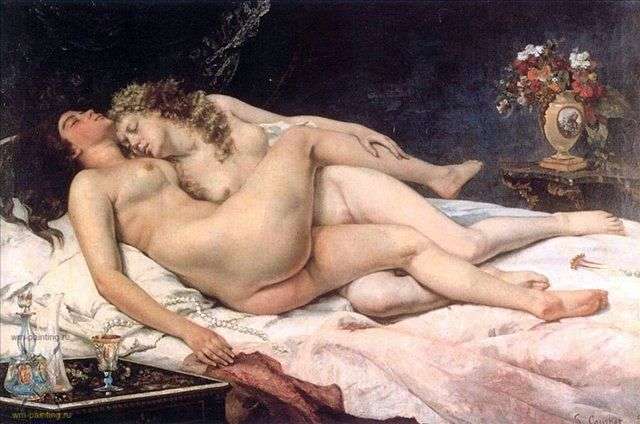 Sleeping on the couch by Gustav Courbet
Sleeping on the couch by Gustav Courbet